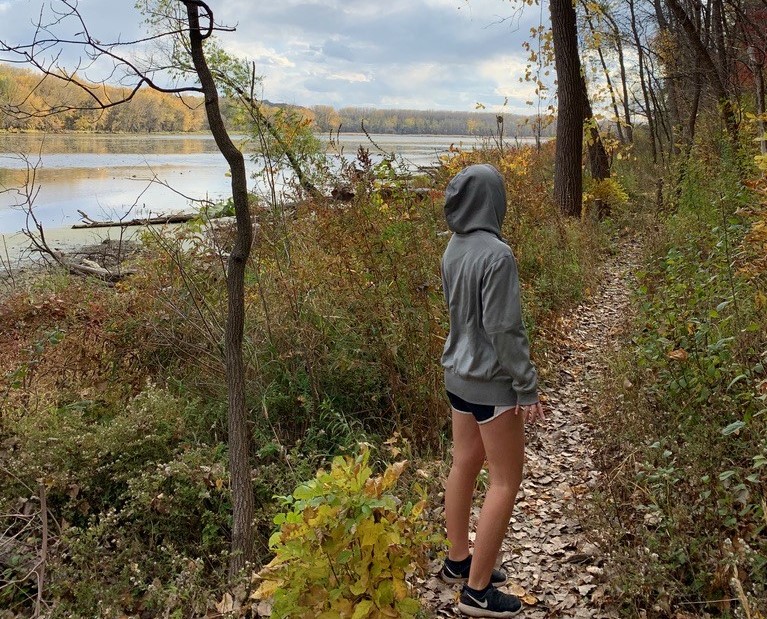Brief
The Power of Place and Context
Freebies and Opportunities for Science and STEM Teachers, July 18, 2023
By Debra Shapiro

The Engaged Scientist
Monitoring Microplastics in Surface Water—A Pacing Guide for Grades 5–12
Connecting STEM Learning With Real-World Phenomena
Connected Science Learning July–August 2023 (Volume 5, Issue 4)
By Tracy Ostrom, Matthew Ferner, Alessandra Sutti, Stuart Robottom, and Sandro Sutti
Volume 5, Number 4
Get Out! Connected Learning Experiences Without Walls
Volume 5, Number 4
Get Out! Connected Learning Experiences Without Walls
Volume 5, Number 4
Get Out! Connected Learning Experiences Without Walls
Freebies and Opportunities for Science and STEM Teachers, July 11, 2023
By Debra Shapiro

Legislative Update
U.S. Department of Education Announces New Grant Opportunities to Enhance Teacher Recruitment and Promote Diversity
By Ralph Forsht, Manager, Advocacy & Legislative Affairs
Posted on 2023-07-03

Press Release
National Winners Named in the 21st Annual eCYBERMISSION STEM Competition
$130,000 worth of U.S. EE Savings Bonds at maturity awarded to eCYBERMISSION 6th Grade, 7th Grade, 8th Grade, and 9th Grade National-Winning Teams
Safety Blog
Science Instructional Space Safety During Summer Recess
By Ken Roy
Posted on 2023-06-23

Freebies and Opportunities for Science and STEM Teachers, June 27, 2023
By Debra Shapiro

Freebies and Opportunities for Science and STEM Teachers, June 20, 2023
By Debra Shapiro



